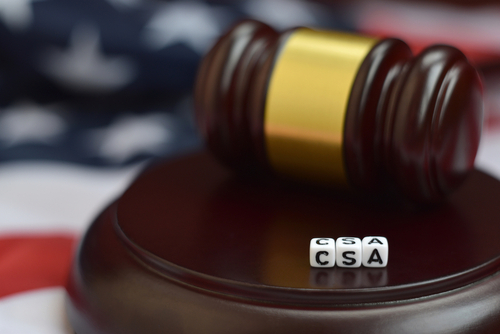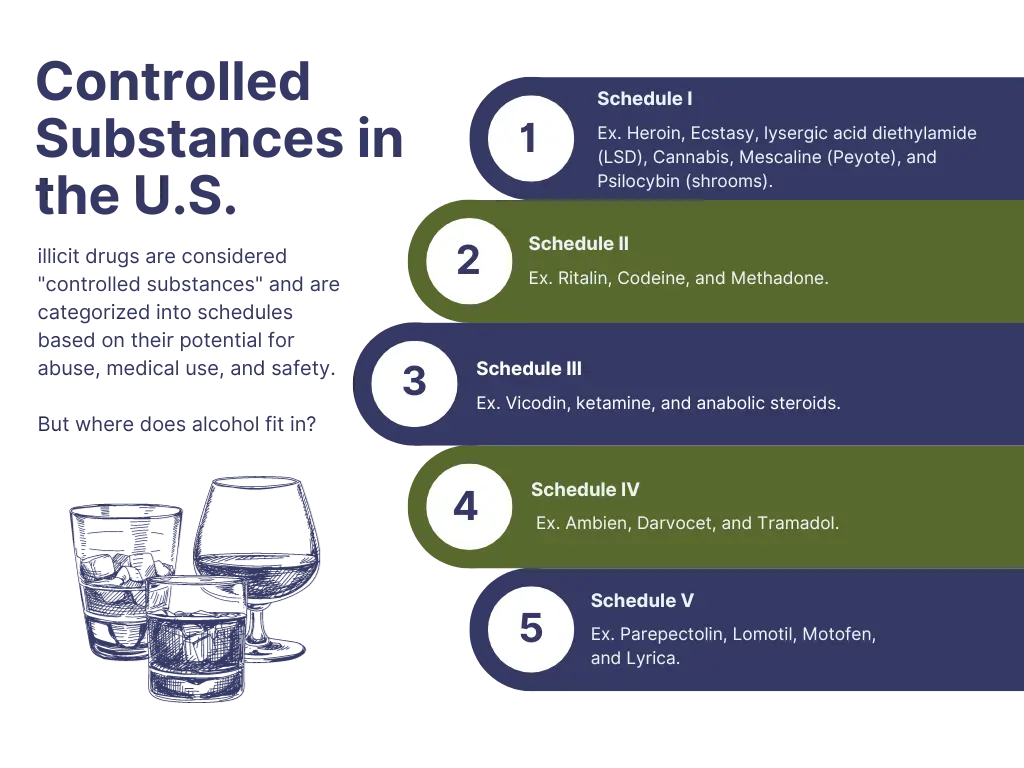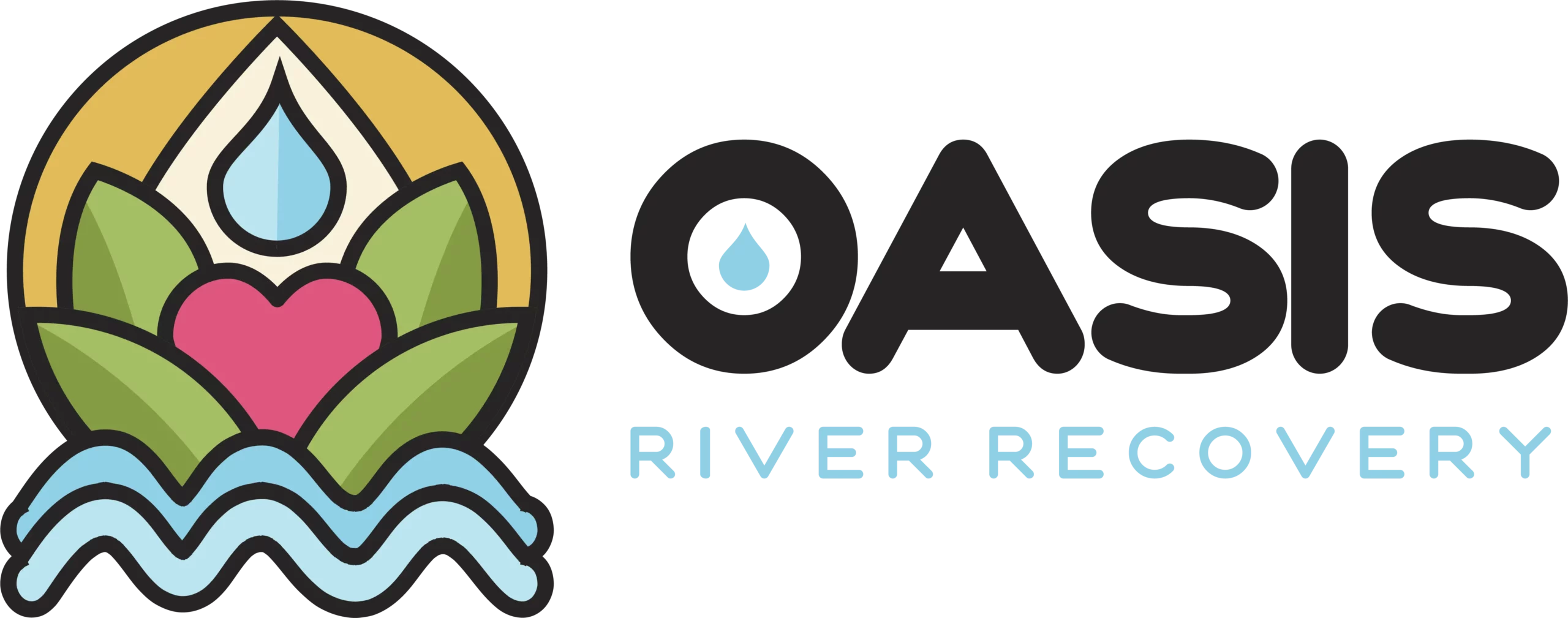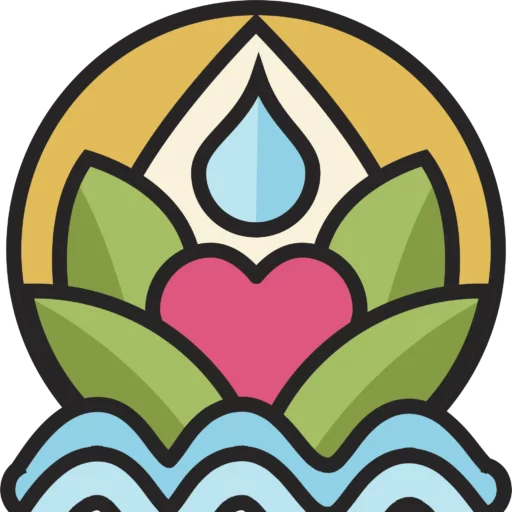It’s perfectly fine to wonder if alcohol is a narcotic. Even though its effects and damages to society are widely known, alcohol is federally legal in the U.S. and sold in almost every country. For some, alcohol is used to relax or boost their mood. However, others are more cautious and can see the similarities between legal substances like alcohol and controlled substances like opioids, benzos, and barbiturates.
This brief article explains if alcohol is a narcotic, what classifies substances as narcotics, the most common controlled substances in the U.S., how they compare to alcohol, and the signs of narcotic overdose.

Is Alcohol A Narcotic?
Alcohol is not considered a narcotic or controlled substance by the U.S. Food and Drug Administration (FDA) or Drug Enforcement Agency (DEA). However, narcotics are defined in the Oxford Dictionary as drugs or other substances that influence mood or behavior that are consumed or sold illegally for nonmedical purposes. While this sounds like alcohol should be classified as a narcotic, except for the legality, the DEA strictly refers to illicit opioid medications as narcotics, and it’s only regulated through the Bureau of Alcohol, Tobacco, Firearms, and Explosives (ATF).
Even though there are probably thousands of articles, studies, and documents that list the dangers of consuming alcohol and its impact on society, it’s deeply rooted in American culture. Since Prohibition ended, the fight to keep alcohol legal, its manufacturers profitable, and consumers happy has never stopped. And currently, alcohol addiction treatment has never been in more demand.
Read more: How Group Art Therapy Helps With Mental Health & Addiction
What Classifies A Substance As A Narcotic?
Although some people consider all drugs to be “narcotics,” these substances are usually analgesics that relieve pain, induce euphoria, and change the user’s mood. Narcotic analgesics include opium, its derivates, and their semi-synthetic substitutes. These include illicit drugs and prescription medication, such as:
- Heroin
- Demerol
- Fentanyl
- Darvon
- Morphine
- Methadone
- Tramadol
- Vicodin
- Percocet
- OxyContin
- Codeine

Controlled Substances In The U.S.
The U.S. and DEA established the Controlled Substance Act in 1971, outlining five classifications for substances based on their medical use and potential for abuse and addiction. These classifications define who can sell them, prescribe them, and penalties for illegal possession or distribution. These five groups, also known as schedules, include:
Schedule I drugs: Substances with the highest abuse potential and no currently accepted medical uses. These include heroin, LSD, and cannabis.
Schedule II drugs: Substance with high abuse potential but some accepted medical uses. These include opioids like fentanyl, oxycodone, and hydrocodone.
Schedule III, IV, and V drugs: These drugs have lower abuse risks and various medical uses. These include anabolic steroids, cough suppressants, and benzodiazepines.

How Does Alcohol Compare To Other Narcotics?
Alcohol is a central nervous system depressant that slows brain activity and impacts cognitive and physical motor control. Compared to other depressants and narcotics, alcohol is the most abused drug in the U.S., with nearly 30 million people meeting the criteria for alcohol use disorder and 86 million meeting the criteria for abuse. It’s equally important, but the next highest substance use disorder is opioids, with three million cases.
Alcohol is involved in 210,000 emergency room visits each year.
Alcohol is involved in 17.4% of opioid overdose cases.
Over 140,000 people die each year from alcohol-related diseases, making it one of the top five preventable causes of death in the U.S. This was due to chronic alcohol-induced conditions such as liver diseases, cardiovascular disease, multiple cancer types, and alcohol use disorder.
Alcohol was involved in 31% of driving fatalities.
Alcohol use disorder is among the top five mental health disorders in the U.S.
Alcohol is involved in 1 in 4 deaths by suicide.
Alcohol’s legality and accessibility have made it one of the most dangerous substances in the world. Studies show that alcohol use starts earlier than opioid use and progresses into an alcohol use disorder within three to eight years.

Signs of Narcotic Overdose
Because alcohol is like narcotics such as opioids and has depressant effects, we’ve listed the most common signs of narcotic overdose to improve the chances of someone getting help and preventing a fatality. Signs of narcotic overdose include:
Confusion or disorientation
Vomiting
Stopped or slowed breathing (fewer than eight breaths a minute or 10-second gaps between breaths)
Seizures
Low body temperature
Snoring or rattling sounds
Blue, gray, or pale, cold, or clammy skin
Discolored lips and fingernails
Unconsciousness
Read more: Adventure Therapy For Addiction Recovery
Alcohol & Narcotic Addiction Treatment In Tennessee
If you or someone you know is struggling with alcohol or narcotic abuse, contact Oasis River Recovery. Our addiction treatment center is on the Ocoee River, surrounded by trees, hills, and beautiful nature. We believe in blending evidence-based therapy with holistic healing methods, including yoga, art, hiking, and other adventurous activities. Explore our website to learn about the programs and therapy options we provide. When you call, our admission agents can address any questions about scheduling, rules, accepted insurance, and anything else you need to know.



